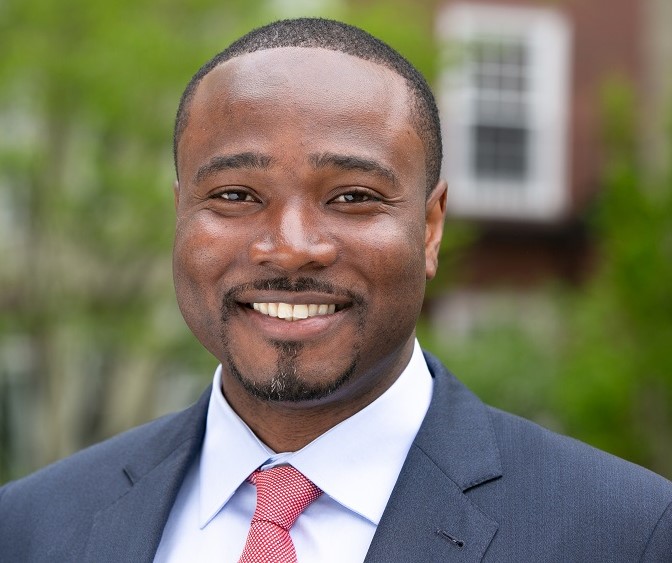Mercosur, the South American Common Market founded by Argentina, Brazil, Paraguay, and Uruguay, was supposed to reduce barriers to trade, create a customs union with common policies, and foster economic integration among its members. Unfortunately, Mercosur hasn’t lived up to its hype. “Three decades after its creation, Mercosur, the so-called South American Common Market, is still groping for its identity and purpose,” is how Eduardo Porter put it in his Bloomberg article.
Why has Mercosur not lived up to its hype? The answer to that can be summarized in a simple question that Monica de Bolle, from the Peterson Institute for Economics asks and answers: “What can they trade, other than in a little regional car supply chain? Nothing.”
How might Mercosur live up to its hype?
Don’t focus on exports, prioritize nonconsumption
Instead of looking outward, what if member states looked more inward? Often, the focus of common markets is to increase trade among its members and ultimately to make them more productive. But what if trade or exports was the wrong unit of analysis?
In this piece, I describe how building an economy primarily focused on exports–especially exports to richer countries as Mercosur is now looking to do–can be limiting. It causes countries to prioritize efficiency innovations and can lead to a race to the bottom phenomenon. This is where countries compete for business based on the lowest wages and most lax labor rights and practices.
But Deirdre McCloskey reminds us of something Adam Smith taught us: “The goal of an economy is consumption, not jobs or production.”
If these countries focused on transforming the vast nonconsumption in their countries into consumption, progress and prosperity would happen quicker. At least quicker than the implementation of Mercosur.
Nonconsumption is the inability of an entity (person or organization) to purchase and use (consume) a product or service required to fulfill an important Job to Be Done. This inability to purchase can arise from the product’s cost, inconvenience and complexity, along with a host of other factors—none of which tend to be limitations for the rich, skilled, and powerful in society. A Job to Be Done arises when an entity is struggling to make progress in a particular circumstance, such as when someone gets sick and tries to recover. If there are not adequate facilities that can aid their speedy recovery, then that person is a nonconsumer of basic health services.
Nonconsumption is widespread in Latin America. Consider the following.
Almost 80% of people in the region live on less than $7,300 annually with just 4.3% living on more than $18,250 per year. This means that most people in the region are struggling to afford housing, fund their education and healthcare needs, access dignified jobs, remain resilient in the face of economic crisis, and perhaps most importantly, achieve a level of prosperity that limits their worry.
What if leaders in Argentina, Brazil, and other Latin American countries prioritized firms with business models that transformed nonconsumption into consumption? It would unleash a wave of market-creating innovations that have the potential to change the trajectory of the region for the better. I wrote about it here and explained how the region could create new markets for mobility vehicles by leveraging its vast supply of lithium. Some companies in the region are already developing business models that are targeting nonconsumption.
Dr. Consulta, for instance, which I wrote about here, is focused on providing accessible healthcare services for millions of people in Brazil for whom healthcare is unaffordable. The company leverages technology to enhance the patient experience, improve operational efficiency, and ultimately reduce cost. It also works with payers and insurance companies to manage the medical loss ratio (MLR) which impacts its ability to scale.
Nubank, another company I’ve written about, is making financial services available to tens of millions of nonconsumers in Brazil, Colombia, and Mexico.
What if Mercosur prioritized scaling these companies across the region–and beyond? It is not inconceivable that in the next decade some of the world’s largest healthcare and financial services companies could be from the region.
Porter writes in his piece that Mercosur “is —still—hoping to finalize a trade agreement with the European Union first proposed a quarter of a century ago.” What’s unfortunate is that even if the deal was finalized today, it would not lead to prosperity in the region. It is the process by which organizations transform nonconsumption into consumption that has the potential to catapult the region’s economies to prosperity. This is what will change people’s lives for the better.


